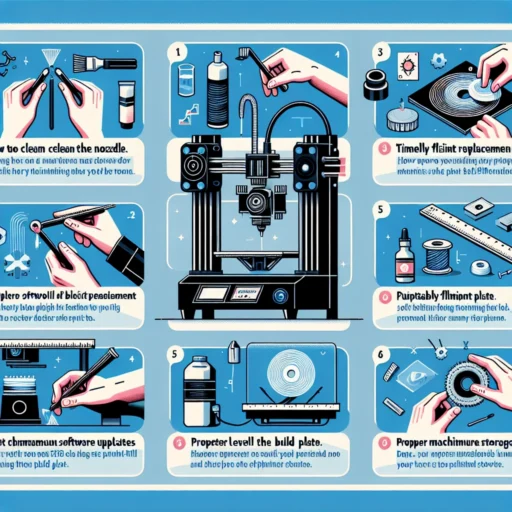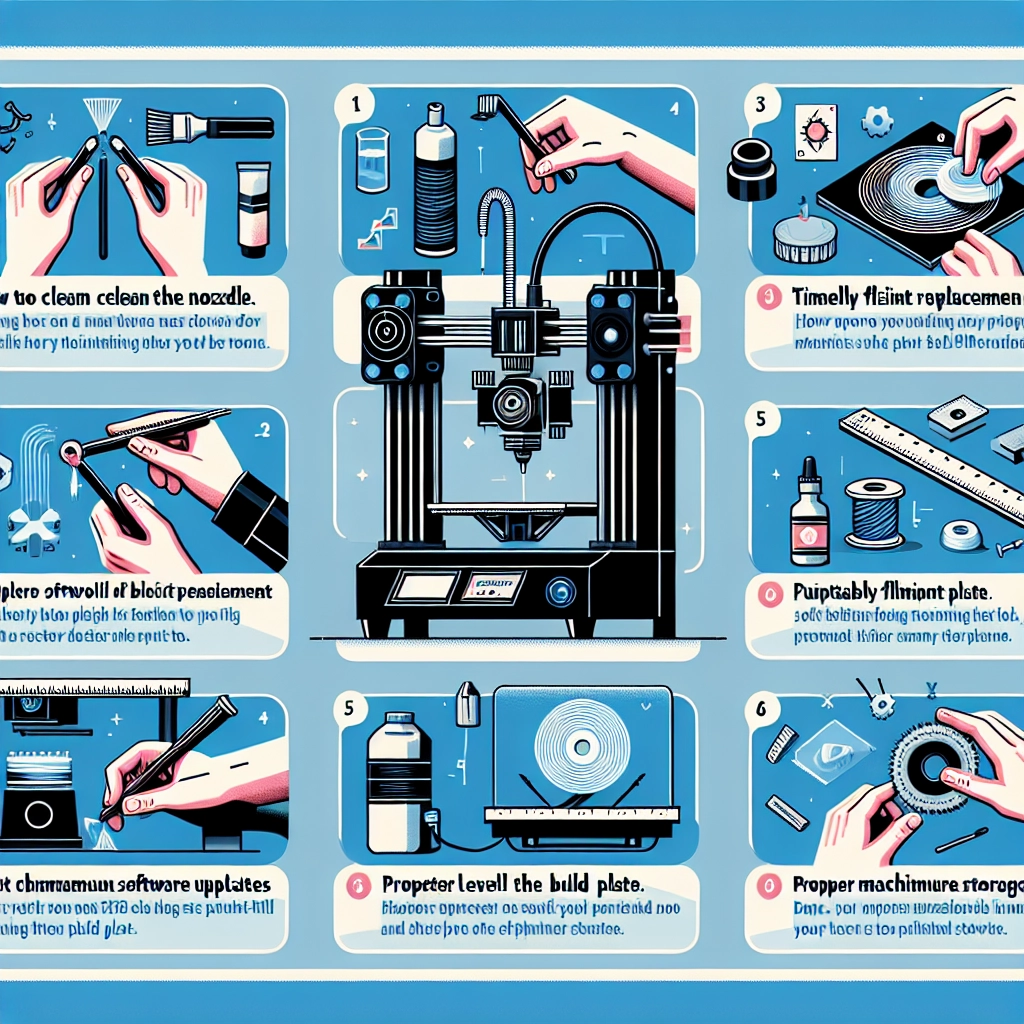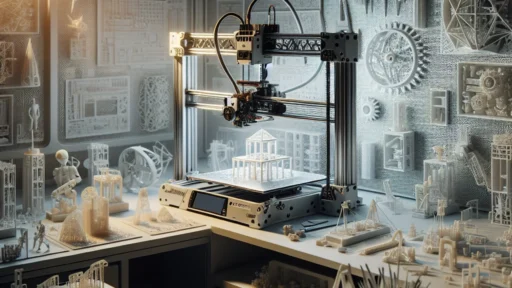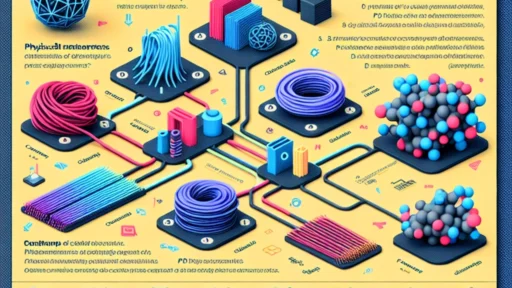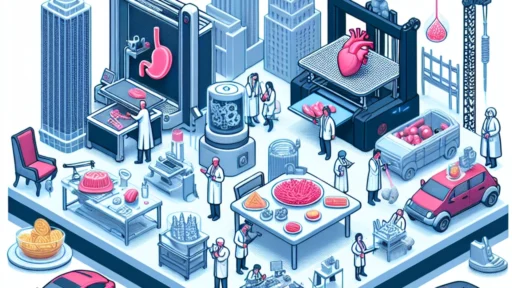How to Maintain Your 3D Printer for Longevity
So, you’ve taken the plunge into the fascinating world of 3D printing! Whether you’re printing toys, tools, or intricate designs, nothing beats the thrill of watching your ideas come to life layer by layer, right? However, to keep the magic flowing smoothly, it’s essential to give your 3D printer the care it deserves. Here are some handy tips for maintaining your 3D printer for years of creative joy.
Keep it Clean
Just like any other piece of equipment, your 3D printer needs regular cleaning to operate efficiently. Dust, filament grime, and other residue can cause clogs or affect print quality. A soft cloth can help you wipe down surfaces, while a small brush can dislodge any stubborn particles. Don’t forget to clean the print bed—applying a little isopropyl alcohol can help keep it free from adhesive residues from previous prints.
Check the Nozzle Regularly
The nozzle is one of the most crucial components of your printer, and keeping it clean is vital for optimal performance. Over time, filament can build up inside the nozzle, leading to blockages. It’s a good practice to perform a cold pull or nozzle cleaning at regular intervals, especially if you notice issues in print quality or inconsistent extrusion. Additionally, if you often switch between different types of filament, occasional deep cleaning of the nozzle can prevent cross-contamination of materials.
Level the Bed
A well-leveled print bed can make or break your print quality. Uneven surfaces can lead to adhesion problems, warping, or failed prints. It’s a good idea to level the bed each time you start a new project, especially if you’re using different materials or settings. Many printers have built-in functions to help automate this process, but manually checking will give you peace of mind.
Lubricate Moving Parts
Your 3D printer has various moving components that require lubrication to maintain smooth operation. Think of it as giving your printer a little TLC. Use a suitable lubricant on lead screws, rails, and bearings to reduce wear and tear. Just be sure to apply a light layer—too much grease or oil can attract dust and grime, which you want to avoid.
Monitor Filament Storage
Filament can be sensitive to environmental conditions. Exposure to humidity, heat, and light can degrade its quality, resulting in poor prints. Keep your filament stored in a cool, dry place, preferably in airtight containers with desiccant packs. Also, try to use high-quality filaments, as they typically lead to better results and are less prone to issues that can arise from cheaper alternatives.
Stay Updated on Software
If your printer uses firmware, keeping it updated is essential. Software frequently gets updates to improve performance, add functionality, and fix bugs. Depending on the manufacturer, there might even be new features added over time. Check for updates in the printer’s control interface or the manufacturer’s website to ensure you’re getting the most out of your device.
Inspect for Wear and Tear
Regularly inspect your printer for any signs of wear and tear. Look out for loose belts, damaged wires, or frayed structures. Addressing these issues proactively can save you from bigger headaches down the road. Additionally, make a habit of checking screws and bolts to ensure they’re tight; these little adjustments can enhance overall performance, especially during long print jobs.
Experiment with Settings
Everyone’s 3D printing journey is unique. Spend some time experimenting with software settings to figure out what works best for your specific printer and filament. Adjusting temperature, print speed, and layer height can significantly affect print quality and printer life. Each printer is different, so take notes on what settings yield the best results as you go.
By incorporating these maintenance practices into your routine, you’ll not only extend the life of your 3D printer but also ensure that your creative projects turn out just the way you envisioned them. After all, the goal is to spend more time creating and less time troubleshooting. With a little diligence and care, your 3D printer will be a reliable partner in your artistic endeavors for many years to come. Happy printing!


